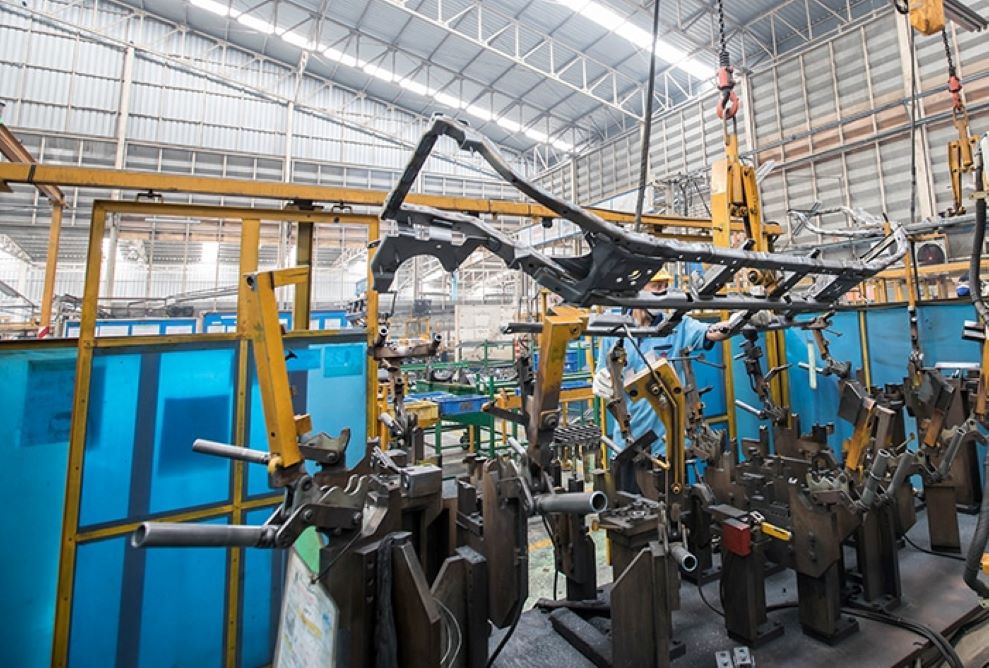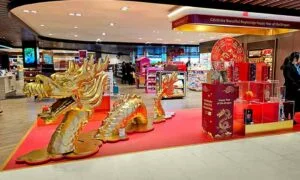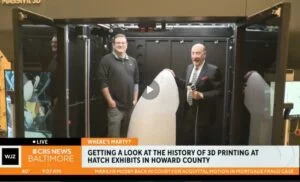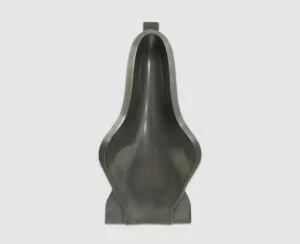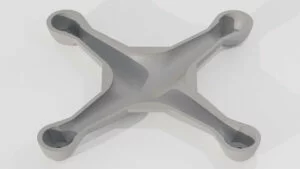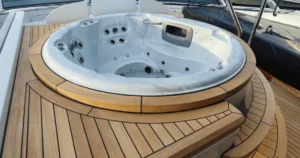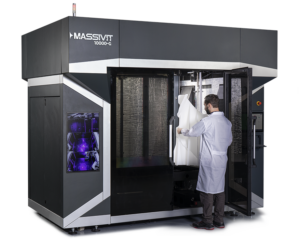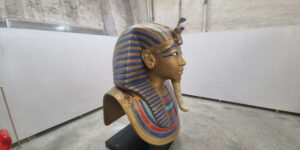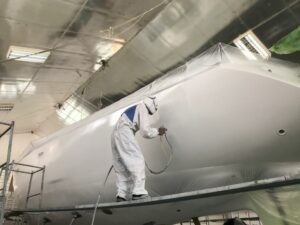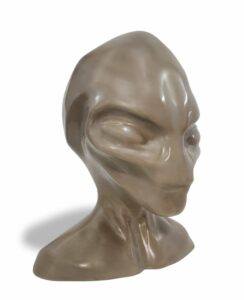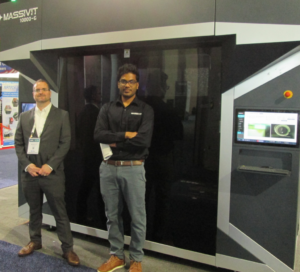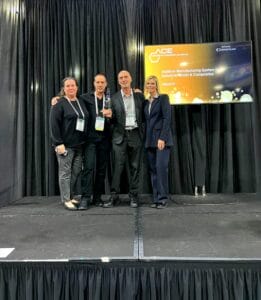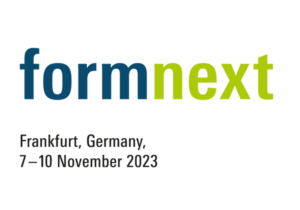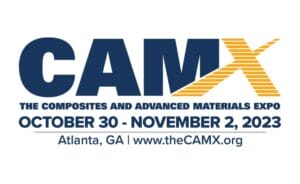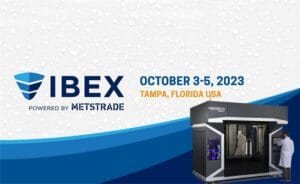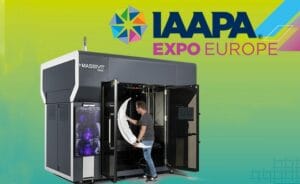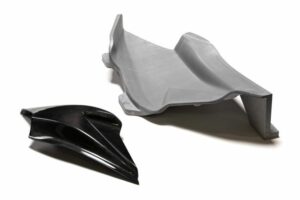Of course, Jigs and fixtures are critical components used in the manufacturing process. Since these tools guide, hold, and position workpieces during production, they’re paramount in ensuring consistency and precision during the manufacturing process, resulting in high-quality end parts. For many years, CNC machining was the primary method used for the production of jigs and fixtures. However, with the recent advancements in 3D printing technology, this process is now becoming a viable alternative.
Large-scale 3D printing offers several advantages over traditional manufacturing of large jigs and fixtures for large end use parts. Today we’re going to take you through the top five reasons why 3D printing full-scale jigs and fixtures is better than CNC machining.
1. Faster Iteration
With 3D printing, jigs and fixtures can be produced in hours or days, whereas CNC machining can take weeks. This allows for faster iteration of designs, resulting in a more efficient and cost-effective process. 3D printing also enables the creation of complex geometries that may be impossible or difficult to produce with CNC machining.
2. Greater Efficiency
In addition to the faster production time, large-scale 3D printing can also improve the efficiency of producing jigs and fixtures by bringing this process in-house. Operating a 3D printer does not require a technician, as is the case with CNC machining. Printing your own jigs and fixtures means a quicker turnaround, and printing on demand requires greatly reduced inventory space.
3. Improved Functionality
3D printing allows for the creation of complex geometries and internal structures that may not be feasible to the same degree of accuracy with CNC machining. These features can improve the functionality of jigs and fixtures, resulting in more accurate and efficient production of parts. Additionally, 3D printing materials can offer properties such as stiffness, strength, and thermal stability, which can be tailored to specific applications.
4. Customization and Personalization
Jigs and fixtures produced with 3D printing can be customized and tailored to specific applications or production lines. This customization allows for more efficient and effective production, as custom-designed jigs and fixtures specifically meet the needs of various stages of the production line. Additionally, 3D printing enables the production of personalized jigs and fixtures, which can improve worker productivity and comfort.
5. Reduced Lead Times
CNC machining requires an extensive tool path set-up, resulting in longer lead times. 3D printing, on the other hand, has minimal set-up time and can produce jigs and fixtures in a matter of hours. This reduced lead time can improve production efficiency and reduce costs associated with downtime.
A Big Leap Forward
While there are several advantages of 3D printing jigs and fixtures over CNC machining, Massivit takes it a step further.
Massivit printers can produce large-scale jigs and fixtures that are used in the manufacturing of cars, consumer goods, boats, and other industrial parts. These printers are capable of printing parts up to 57” x 44” x 70” (145cm x 111cm x 180cm), which makes them an ideal solution for creating jigs and fixtures for large-scale manufacturing processes.
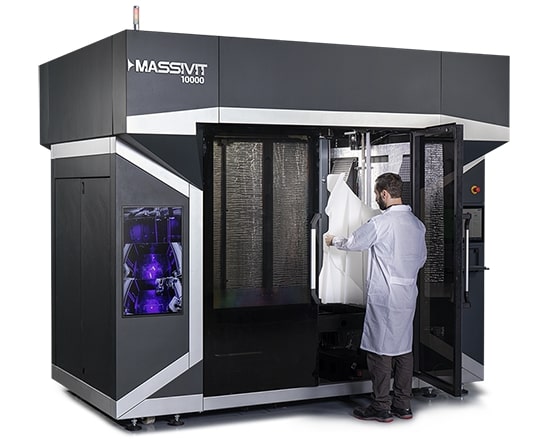
While the larger build volume of these printers allows for the production of jigs and fixtures for larger parts, the speed is where Massivit printers also set themselves apart. The speed of production is significantly faster than with CNC machining, which can take weeks or even months to produce a large jig or fixture. With a Massivit printer, the same part can be printed in a matter of days or even a matter of hours, which can lead to significant time savings.
With new breakthroughs such as those from Massivit, it’s easy to see why more companies, and even CNC service shops, are choosing to 3D print their jigs and fixtures rather than using a CNC machine. When you include the ability to streamline composite parts production with the Massivit 10000, it’s clear that additive manufacturing will continue to have a major effect on production lines of all types.


